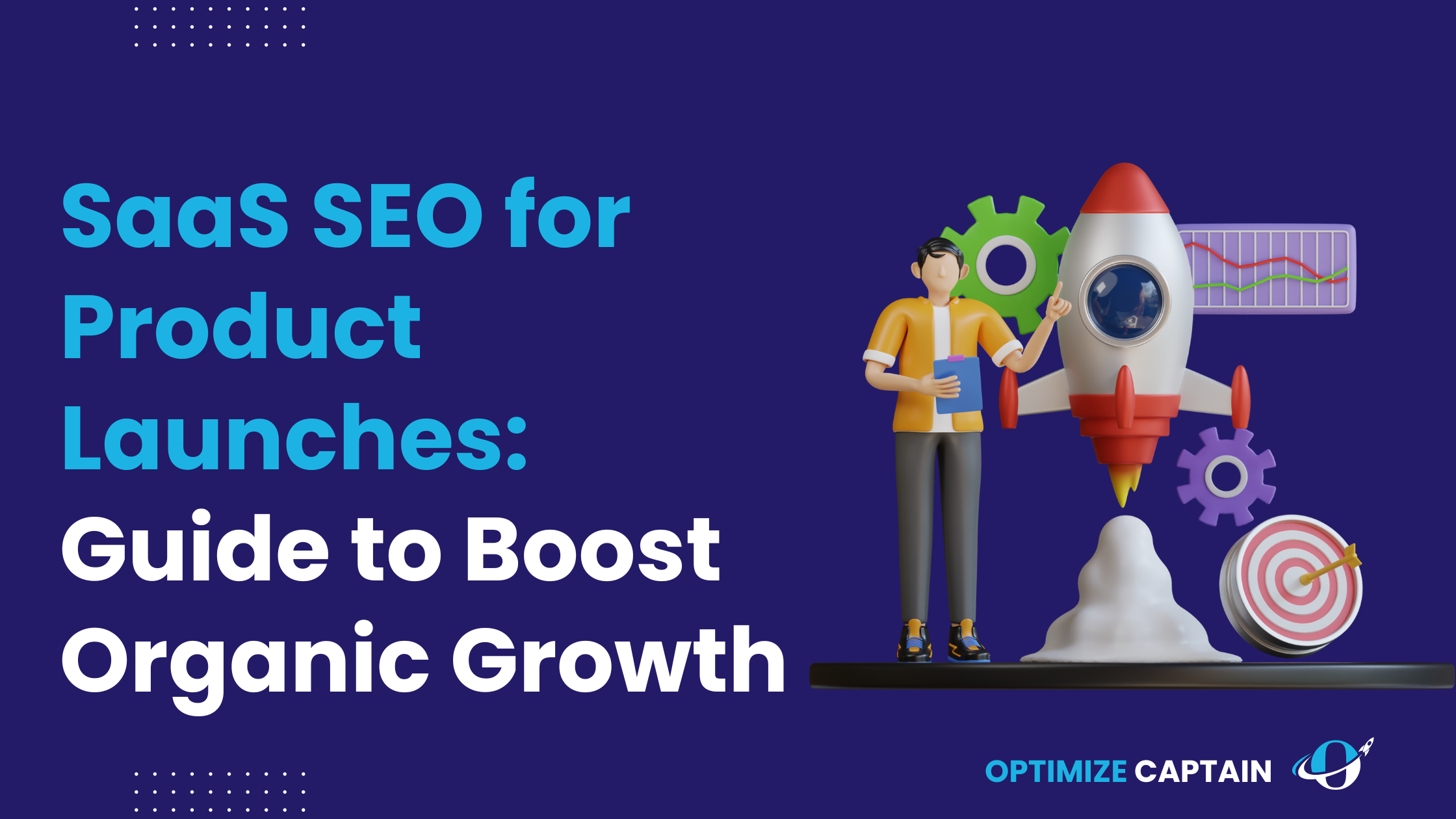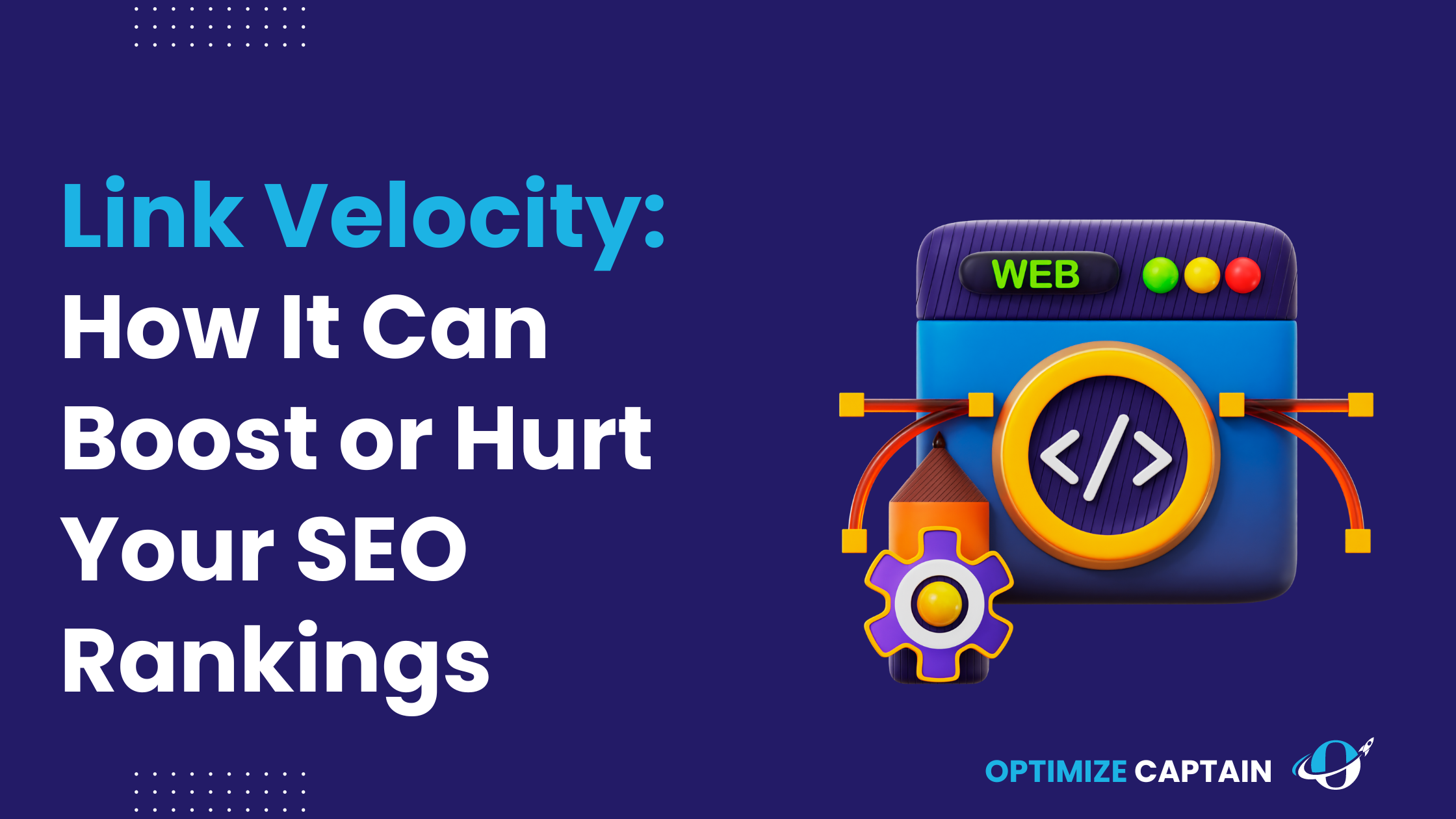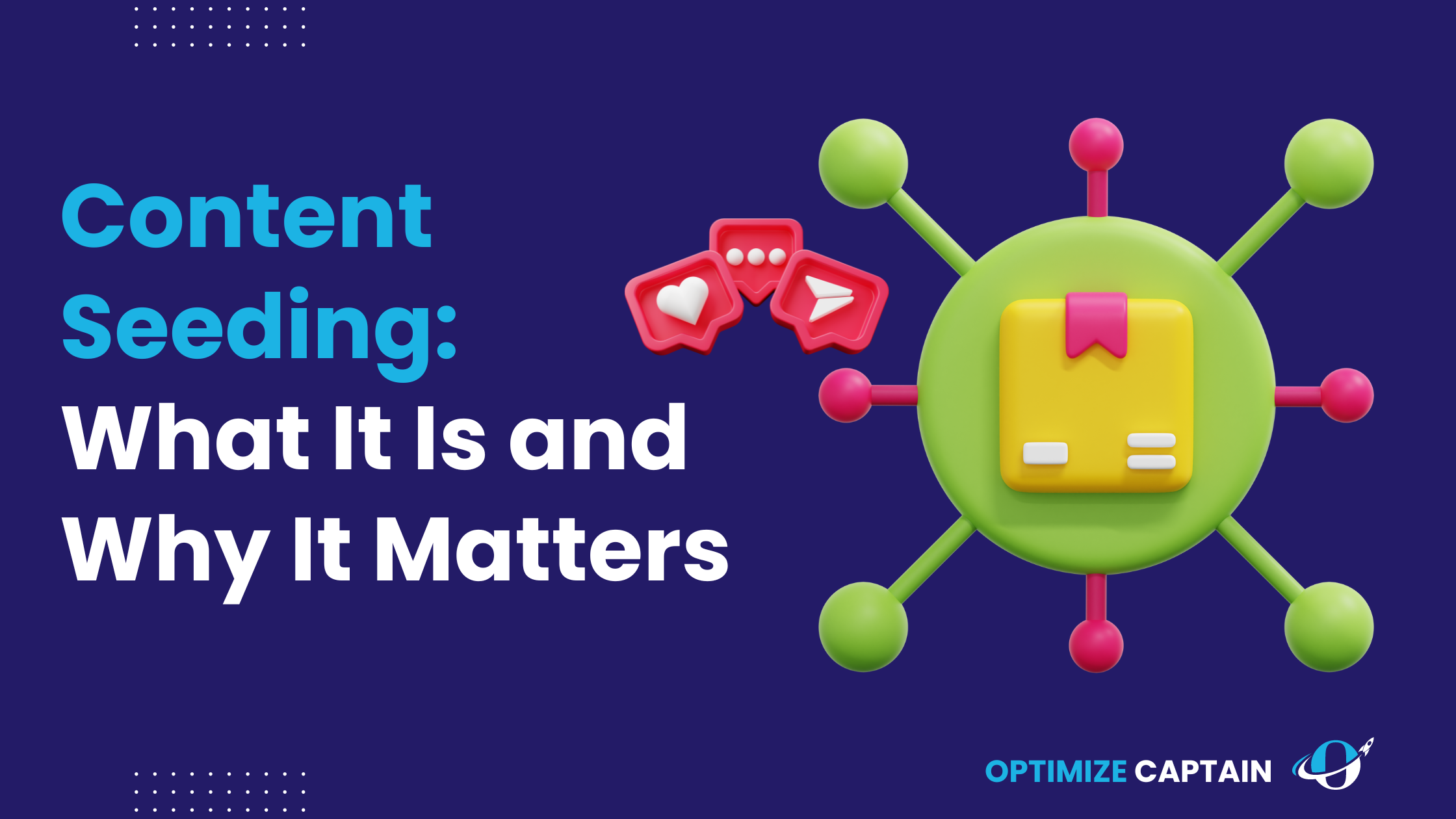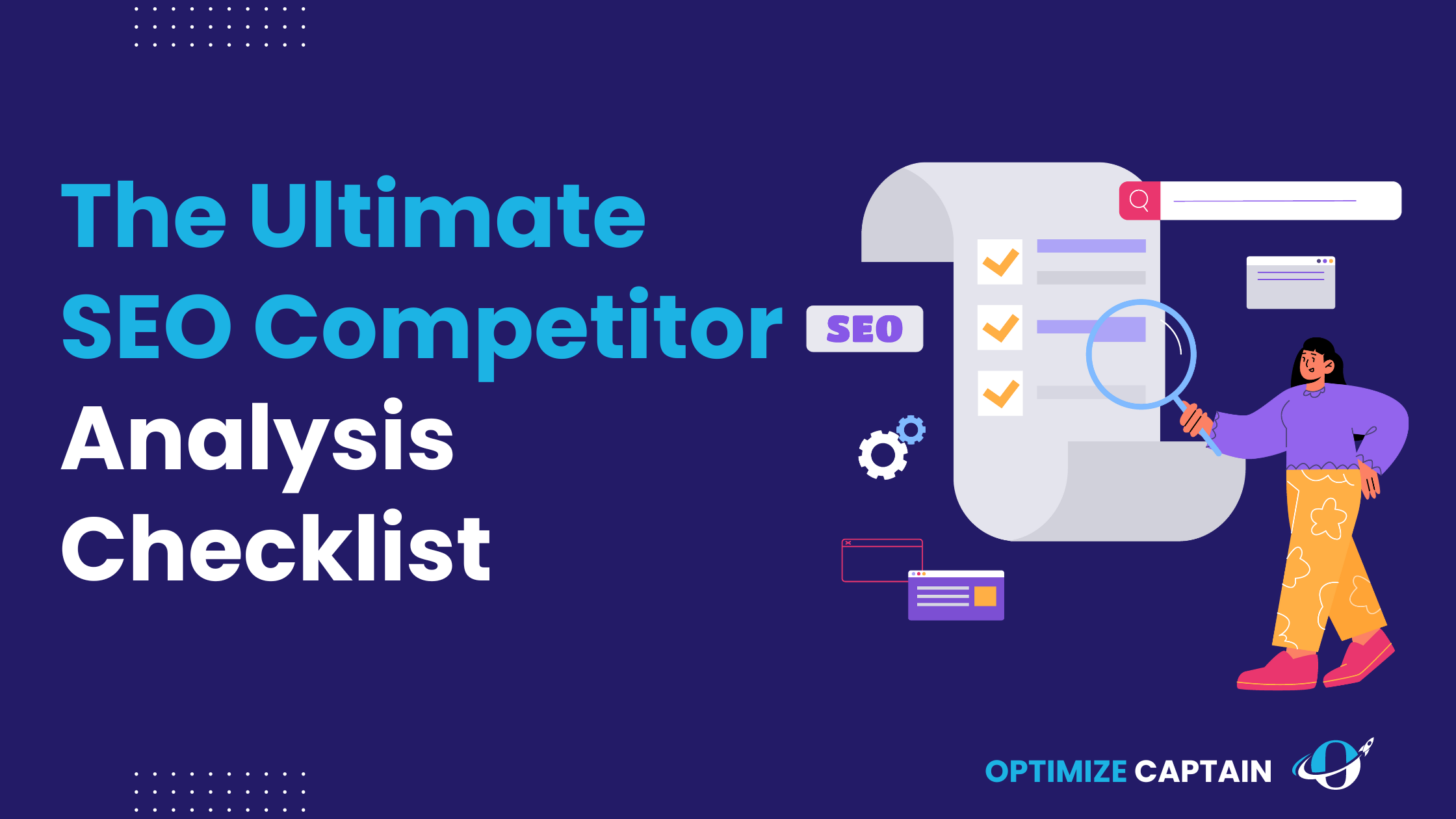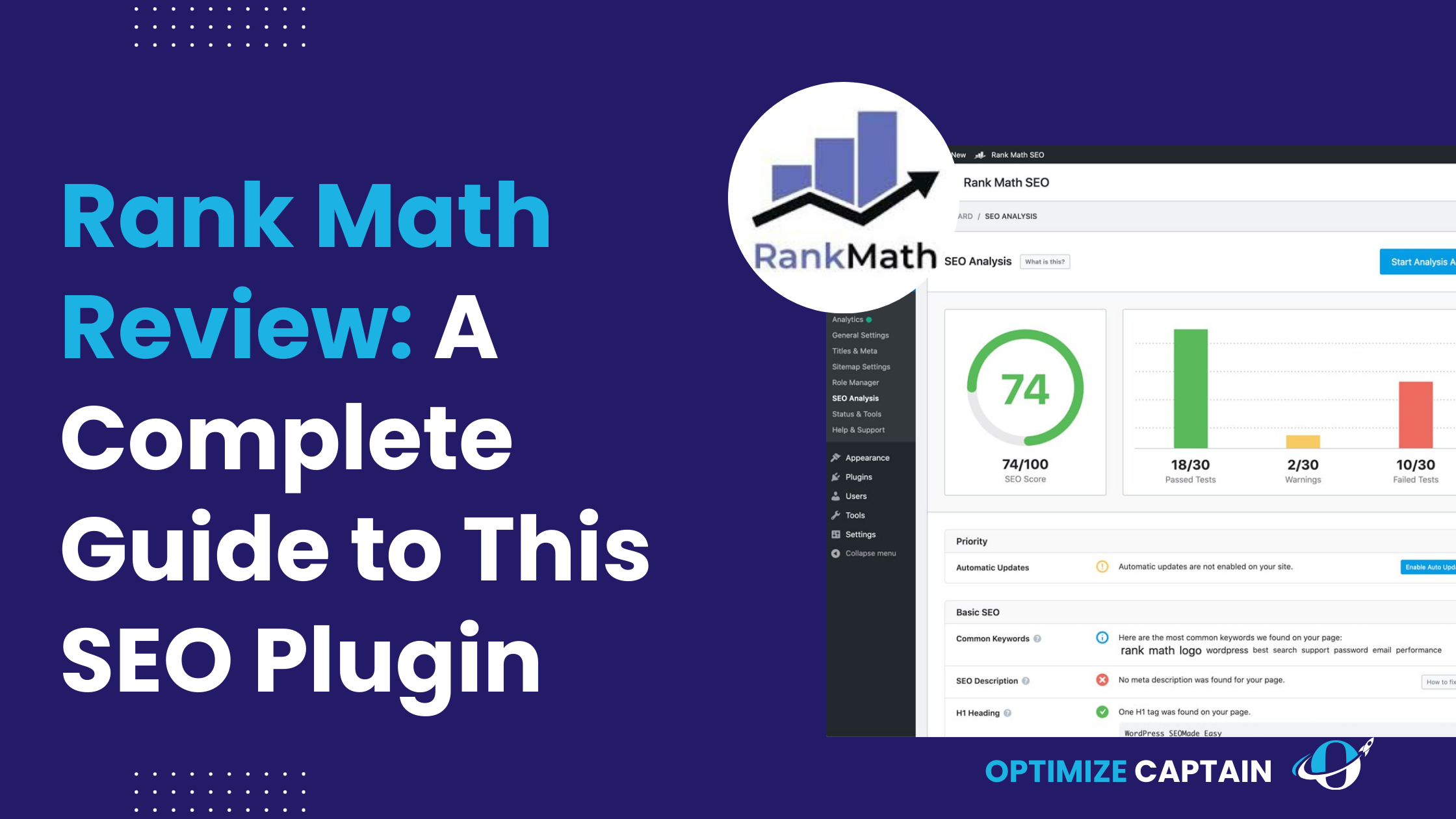Launching a new SaaS product is a pivotal moment for any company. You’ve invested months—maybe even years—into developing a tool that solves a real problem. But here’s the truth: without a strong SEO strategy, your product could get lost in the noise.
When you launch, it’s not just about driving attention through paid ads or email blasts. It’s about laying a foundation to bring organic, relevant traffic for months and years.
SEO is the key to ensuring your product reaches the right audience at the right time—without the ongoing costs associated with paid campaigns. This guide will walk you through how SaaS SEO can fuel your product launch, helping you attract more users, grow organically, and build long-term success.
Why SaaS SEO is Essential for Your Product Launch
Let’s get one thing clear: SEO isn’t an afterthought. If you want your SaaS product to succeed, you must start thinking about SEO well before launch day.
- Build Long-Term Visibility
Paid campaigns can give you an instant boost, but they stop delivering the second you stop paying. SEO, on the other hand, builds over time. If you get your product pages and content ranking high on Google, you’ll continue to drive traffic long after your launch.
This long-term visibility is especially crucial for SaaS companies because your audience is often in the research phase for extended periods. B2B SaaS buyers, in particular, may take weeks or even months before making a decision, meaning they will return to your site multiple times. Ranking high in search results ensures that your product stays at the top of your mind throughout its decision-making process.
The more you invest in SEO, the more valuable your website becomes. With consistent effort, you’ll create a sustainable, evergreen traffic stream that continuously feeds your sales funnel. This is what makes SEO such a powerful asset for SaaS companies. Unlike paid advertising, which requires ongoing investment, SEO gives you long-term benefits even after the initial work is done.
- Reach Your Ideal Audience
Your SaaS product solves specific problems. SEO helps you connect with people who are actively searching for those solutions. It’s like positioning your product in front of an audience that already wants your offering. That’s why getting your SEO right from the start is critical.
For instance, imagine launching a time-tracking tool aimed at remote teams. With a well-optimized SEO strategy, you can target keywords like “time tracking for remote teams” or “best time management tools for remote workers.” By ranking for these specific searches, you’re capturing the attention of people who are interested in your product and actively searching for a solution like yours.
The key here is intent. SEO allows you to tap into potential customers’ natural behaviours. These users are already searching for answers—whether it’s how to solve a problem or which SaaS tool to choose. By providing the right content, you can meet them exactly where they are, increasing the chances of converting them into paying customers.
SaaS Keyword Research: The Foundation of Your SEO Strategy
When launching a product, the first step in any SaaS SEO strategy is to understand what your potential customers are searching for. This means performing in-depth SaaS keyword research to uncover the phrases and questions your target audience is using when looking for solutions.
Understanding User Intent
Not all keywords are created equal. You need to think about why people are searching for a particular term. Are they just looking for information, or are they ready to buy? Focus on finding keywords that align with your product’s core features and the specific pain points it solves.
User intent can generally be divided into three categories: informational, navigational, and transactional.
- Informational intent: The user is looking for information. They may be searching for general tips, comparisons, or guides. For example, “how to manage remote teams” or “best project management tools” are keywords that indicate the user is in the research phase.
- Navigational intent: The user is looking for a specific product or brand. For instance, if they already have a specific product in mind, they might search for “Slack project management features.”
- Transactional intent: This user is ready to purchase or try a product. Keywords like “buy project management software” or “best CRM for small business” indicate they are further down the funnel.
Identifying and targeting the right user intent at different stages of your buyer’s journey is key to driving traffic that converts.
Primary vs. Secondary Keywords
Primary keywords are broad terms that describe your product. For example, if you’re launching a project management tool, your primary keywords might include “project management software” or “task management tool.”
While primary keywords are essential for long-term rankings, they are often highly competitive. Established players in your niche will likely already be ranking for these terms, making it challenging to break through the noise, especially in the early days of your product launch.
That’s where secondary keywords come in. These keywords are more specific, often longer, and have less competition. They target features, use cases, or niche problems. For example, “task management for remote teams” or “project planning for startups.” These long-tail keywords might not have the same search volume as broader terms, but they’re often less competitive and drive more targeted traffic.
Secondary keywords also allow you to address the unique needs of specific customer segments. For example, instead of just optimizing for “CRM software,” you could target “CRM for small businesses” or “CRM for freelancers.” These long-tail keywords bring in users who are more likely to convert because the content is tailored to their specific needs.
Keyword Tools
Use tools like Ahrefs, SEMrush, or Google Keyword Planner to find keywords with good search volume and moderate competition. The trick is to find the sweet spot where your product can realistically rank, especially during the early stages of your launch.
When conducting keyword research, look at:
- Search volume: How many people search for a particular term each month? A higher search volume generally means more potential traffic but often comes with more competition.
- Keyword difficulty: How hard will it be to rank for this keyword? Keyword difficulty scores give you an idea of how competitive a keyword is. It’s usually better to start with keywords that have lower difficulty for new SaaS products.
- Cost-per-click (CPC): Although we’re focused on organic SEO, analyzing a keyword’s CPC can provide insights into its value. A high CPC means advertisers will pay more for clicks on that keyword, indicating that it’s likely a profitable search.
- SERP analysis: Look at the current top-ranking pages for your target keywords. Are these pages from well-established brands? How competitive are they? This will help you gauge how difficult it will be to outrank them.
SaaS On-Page SEO: Optimizing Your Product Pages
Your product page is your storefront. It’s where potential customers decide whether to learn more, sign up for a demo, or make a purchase. Just like a physical store, it needs to be inviting, clear, and easy to navigate.
Optimizing for User Experience and Search Engines
The first step to SaaS on-page SEO is ensuring your product page is easy for users—and search engines—to understand. This involves a combination of technical SEO elements (like title tags and meta descriptions) and content optimization (ensuring your copy addresses your potential customers’ needs and concerns).
Title Tags and Meta Descriptions
Title tags and meta descriptions play critical roles in ranking and click-through rates (CTR). A well-optimized title tag includes your primary keyword but also entices users to click by offering a clear value proposition.
For example, instead of a title like “Task Management Tool,” you might go with something more specific and appealing, like “Task Management Tool for Remote Teams | Simplify Workflows.” This version incorporates a primary keyword while highlighting a key benefit—simplifying workflows for remote teams.
Meta descriptions give users a quick preview of what to expect from the page. They should be compelling and concise and include your primary keywords naturally. While meta descriptions don’t directly impact rankings, a high CTR can improve your rankings over time by signalling to Google that your page is relevant and valuable.
Content That Speaks to Users
Your product page content should answer the questions your target customers are asking. What problems does your product solve? What makes it different from others? Write in a helpful and clear way—don’t just list features; explain benefits.
For instance, if you’re offering a project management tool, don’t just say, “Our tool offers task assignments and file sharing.” Instead, explain the benefit: “Assign tasks easily and share files instantly, so your team stays on the same page no matter where they are.” This kind of content appeals to search engines (because it naturally incorporates keywords) and users (because it addresses their pain points directly).
Internal Linking
Link your product pages to other relevant content on your site. This helps search engines crawl your site and provides users with a logical path to explore more of your product’s features or related articles.
For example, if you’ve created a blog post about “best practices for remote team management,” you can link that post to your task management software page. This internal linking helps distribute link equity across your site and gives users a deeper understanding of how your product fits into their workflow.
Internal linking also helps with SEO by creating a web of interconnected pages that search engines can easily crawl. For instance, linking your launch page to other high-authority pages on your site (such as an industry-specific blog post) helps pass SEO authority to your product page. This is especially important when launching a new product that doesn’t yet have much authority.
The anchor text you use for these links should be descriptive and relevant. Instead of using vague phrases like “click here,” use more descriptive text like “learn more about managing remote teams,” which naturally incorporates your keywords and provides context for users and search engines.
Creating SaaS SEO-Driven Content Around Your Launch
SaaS SEO isn’t just about your product page. To truly dominate search rankings, you must create additional content supporting your product launch and attracting relevant traffic. This is where content marketing and SEO overlap, as you’ll need a range of SEO-optimized content pieces that guide potential customers through their buyer’s journey.
Educational Blog Posts and Tutorials
Creating blog posts and tutorials that educate potential customers about your product and its use cases can significantly boost your search rankings. These posts allow you to rank for a wider array of keywords and long-tail phrases that your product page might need to target directly.
For example, if you’re launching a CRM platform, you could write a blog post titled “How to Streamline Sales Pipelines with CRM Software.” This kind of content is valuable for two reasons: it answers a specific question that potential customers are likely asking and positions your product as the solution to that problem.
You can also create in-depth tutorials that show users how to use your product. These posts can rank for particular queries like “how to automate task assignments in [Your Product].” Not only does this help you capture long-tail traffic, but it also gives users the confidence that your product can solve their problems effectively.
Educational content builds trust and authority, positioning you as an expert in your niche. Over time, this builds credibility not only with potential customers but also with search engines.
Case Studies and Customer Stories
Case studies are compelling for SaaS companies because they provide real-world proof of your product’s value. Use early access or beta customers to create case studies that showcase how your product has solved specific problems.
For instance, let’s say you’re launching a project management tool for startups. You could create a case study around a startup using your product to streamline operations and increase productivity. Highlight their problem, how your tool provided a solution, and the measurable results they achieved.
Case studies don’t just build social proof—they also offer an opportunity to rank for keywords related to your product’s features or industry. For example, a case study on “how [Your Product] improved team collaboration for [Customer]” could target users searching for collaborative tools or team management solutions.
SEO-Friendly Product Announcements
When announcing your product launch, don’t just focus on generating PR buzz—think about SEO. A product announcement page or blog post can rank for important keywords if you structure it correctly. Use relevant keywords in the title, headers, and throughout the content, but make sure it reads naturally and offers value to the reader.
A strong product announcement informs your audience about the new release and addresses how the product solves specific problems. This approach can help the page rank for long-tail keywords like “new time-tracking tool for remote teams” or “best project management software 2024.”
Combining your product announcement with SEO-friendly content increases your chances of ranking for relevant search terms while generating excitement about the launch.
Technical SaaS SEO: Setting the Stage for Search Engines
You can have the best content in the world, but your rankings will improve if your site is fast, easy to navigate, or difficult for Google to crawl. SaaS Technical SEO ensures your website is optimized for search engines to index and rank efficiently.
Site Speed
Google has made it clear that site speed is a ranking factor. A slow-loading page doesn’t just hurt your rankings—it can drive away potential customers. Studies show that even a one-second delay in page load time can reduce conversions by 7%.
To improve site speed, consider:
- Compressing images: Large images can considerably slow down your site. Compress them to reduce file size without losing quality.
- Minifying CSS and JavaScript: Minifying CSS and JavaScript files reduces the amount of code your browser has to load, which can significantly improve loading times.
- Using a content delivery network (CDN): CDNs store copies of your site on multiple servers worldwide, ensuring faster load times for users regardless of location.
Optimizing for speed improves your search engine rankings and creates a better user experience, leading to higher conversions and lower bounce rates.
Mobile Optimization
More than half of all searches are done on mobile devices, and Google’s mobile-first indexing means that your mobile site experience can directly affect your rankings. If your product page isn’t optimized for mobile, you’re losing out on massive traffic.
Ensure your site is responsive, adjusting seamlessly to different screen sizes and devices. Navigation should be easy to use on a smaller screen, and CTAs should be prominent and easy to tap. Mobile users have little patience for sites that are hard to navigate, so optimizing the mobile experience is crucial to reducing bounce rates and increasing conversions.
Structured Data
Structured data (schema markup) helps search engines better understand your content. For product pages, you can use schema to show product ratings, prices, and availability in search results. This can give you a competitive edge by making your product more visible in Google’s search results.
For example, using structured data, you can enhance your search listing with rich snippets showing customer reviews or pricing directly in the search results. These snippets help your product stand out and can improve your click-through rate (CTR).
Implementing structured data is a technical SEO task but worth the effort. In competitive markets, having enhanced search listings can be the difference between a user clicking on your product or your competitor’s.
SaaS Off-Page SEO: Building Authority and Trust
SaaS Off-page SEO is all about building trust and authority in your space. One of the most effective ways to do this is by earning backlinks from reputable sites. Google uses backlinks as a signal of trust—if other high-quality sites link to yours, it suggests that your content is valuable and credible.
Link-Building for Your Launch
Reaching out to industry blogs, SaaS reviewers, and relevant websites to promote your product launch is a great way to build backlinks. Guest posting, partnerships, and PR efforts can earn you high-quality links that boost your SEO and drive traffic to your product page.
For example, if you’re launching a CRM tool for small businesses, reaching out to SaaS blogs focusing on SMBs or CRM software can help you get featured in relevant articles. These backlinks improve your search rankings and bring in referral traffic from readers who are already interested in products like yours.
You can also use content marketing to generate links. A well-researched blog post or infographic that adds value to your industry is more likely to be shared and linked to by others in your niche.
Brand Mentions
Even if you don’t get a direct backlink, brand mentions can still help with SEO. When reputable websites mention your product, it signals to Google that your brand is authoritative. Google has evolved to recognize these unlinked brand mentions as a trust factor in its algorithm.
Reach out to industry influencers, bloggers, and SaaS reviewers to get them to talk about your product. Reviews, interviews, or guest appearances on industry podcasts can all increase your visibility and improve your reputation, even if no link is involved.
Monitoring and Adjusting Your SaaS SEO Strategy Post-Launch
Your SaaS SEO work isn’t done once you’ve launched. In fact, it’s just beginning. SEO is an ongoing process that requires constant monitoring and optimization.
Track Your Rankings and Traffic
Use tools like Google Analytics and Ahrefs to track your product pages’ performance. Are they ranking for the keywords you targeted? Are you seeing an increase in organic traffic? What’s your bounce rate? Pay attention to what’s working and what’s not.
Analyzing traffic sources can help you determine whether your SEO efforts drive the right kind of visitors. Look for trends in organic traffic over time and identify underperforming pages. It may take several months for SEO changes to fully take effect, but consistent monitoring will help you make adjustments as needed.
Update Your Content
As your product evolves, so should your content. Update your product pages, blog posts, and tutorials with new information. This keeps your content fresh and relevant, which helps maintain (or improve) your rankings.
Search engines favour up-to-date, accurate content. Regularly revisiting your pages to update them with new features, case studies, or customer testimonials can keep them competitive. For example, if you add a new feature to your SaaS product, ensure it’s reflected not only on your product page but also in relevant blog posts, case studies, and FAQs.
Conclusion
SaaS SEO is one of the most powerful tools for launching a product. By laying the right foundation before launch and optimizing afterward, you can ensure that your product is seen by those who need it most.
Remember, SEO is a long-term investment. Unlike paid ads, which deliver instant results but fade once the budget runs dry, SEO builds momentum over time. So, as you prepare for your big launch, ensure SEO is part of your strategy—it could be the key to long-term success.
FAQ’s
1. When should I start working on SEO for my SaaS product launch?
Start planning your SaaS SEO strategy well before the launch, ideally several months in advance. This gives you time to build content, optimize your site, and start ranking for relevant keywords by the time your product goes live.
2. What is the most important SEO factor for a successful product launch?
Keyword research. Targeting the right keywords—those that align with user intent—ensures you’re attracting the right audience to your product pages.
3. How can I improve the SEO of my product landing page?
Focus on optimizing your title tags, meta descriptions, and content. Ensure your page is easy to navigate, loads quickly, and provides value by answering common user questions.
4. Do I need off-page SEO for my SaaS product launch?
Yes, off-page SEO, like earning backlinks from reputable sites, helps build authority and trust for your product, boosting both rankings and visibility.
5. How long will it take to see SEO results after my product launch?
SEO is a long-term strategy. It can take a few weeks to a few months to see significant organic traffic growth, depending on your industry and competition.

